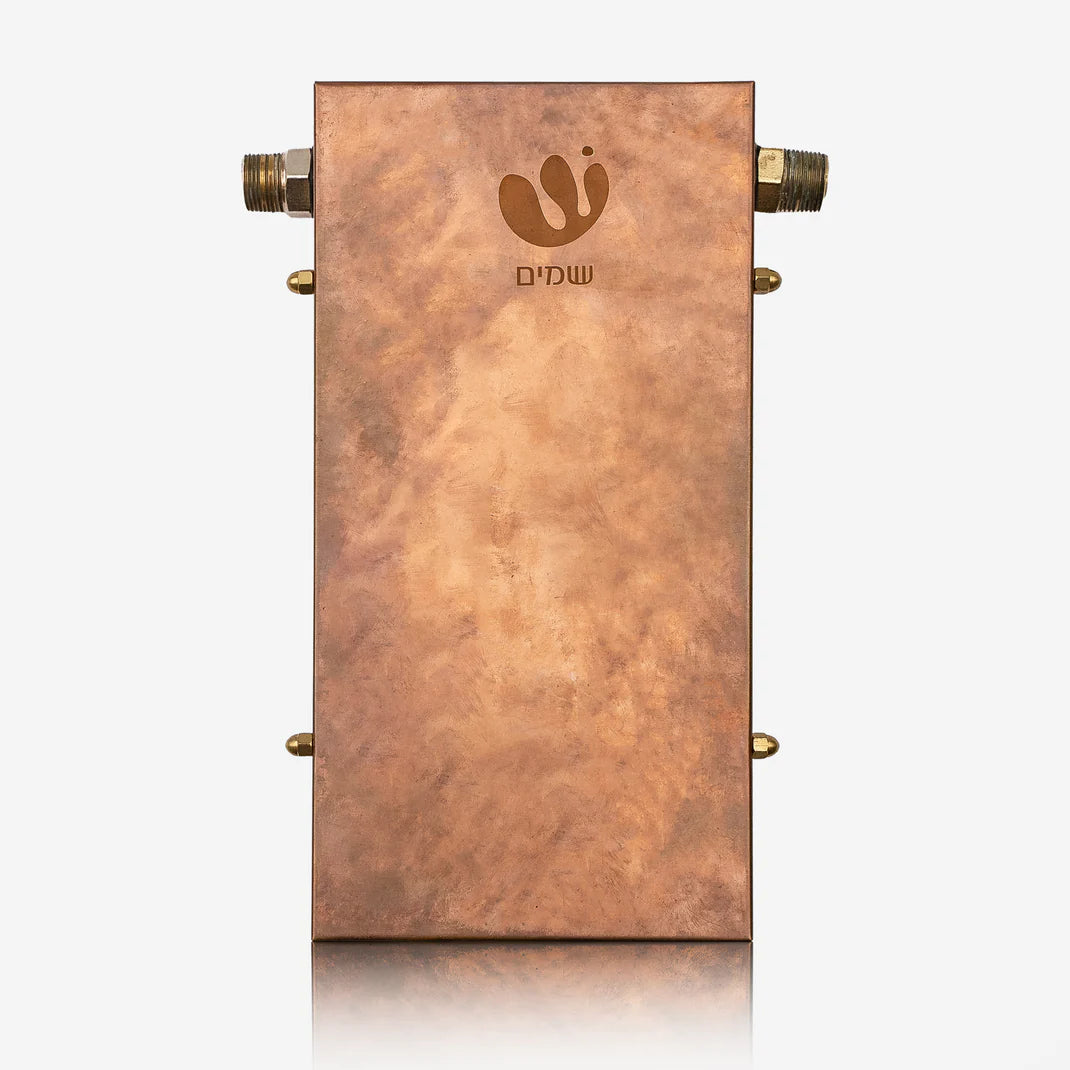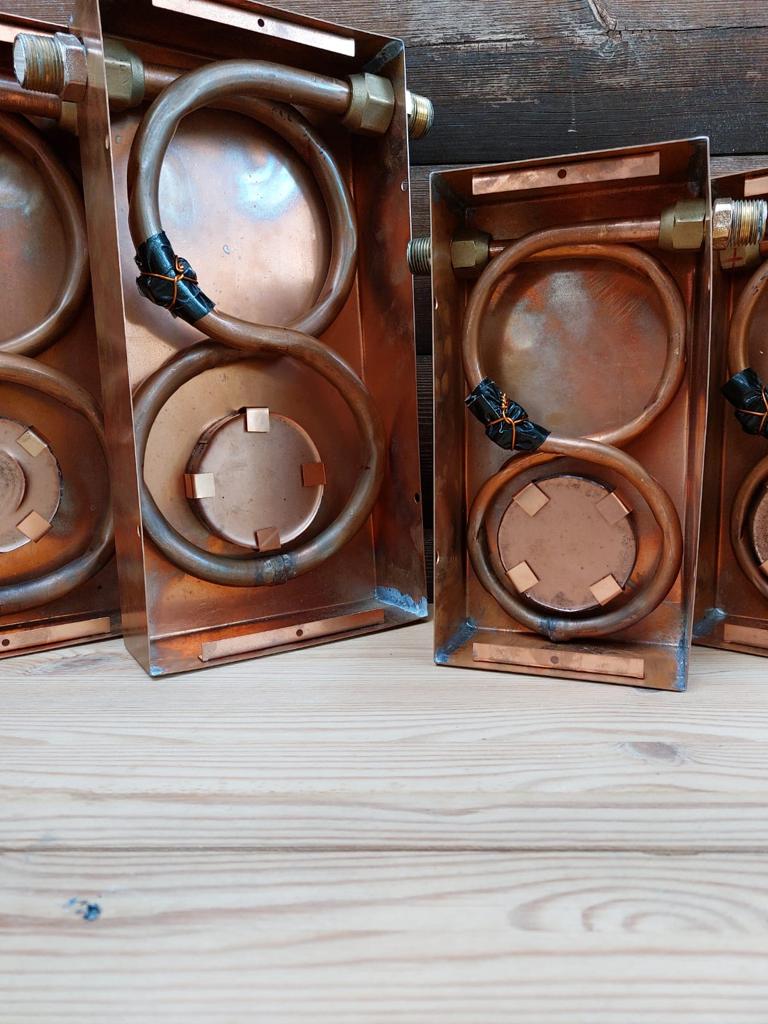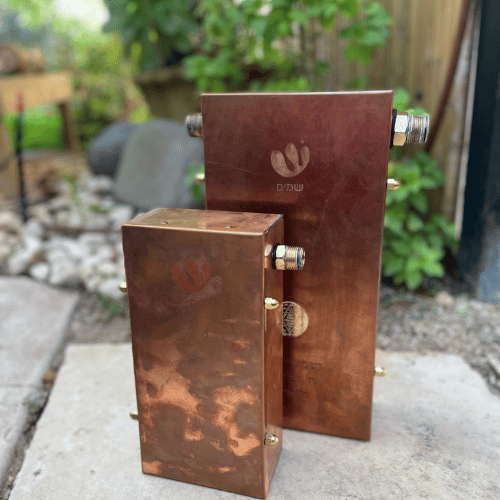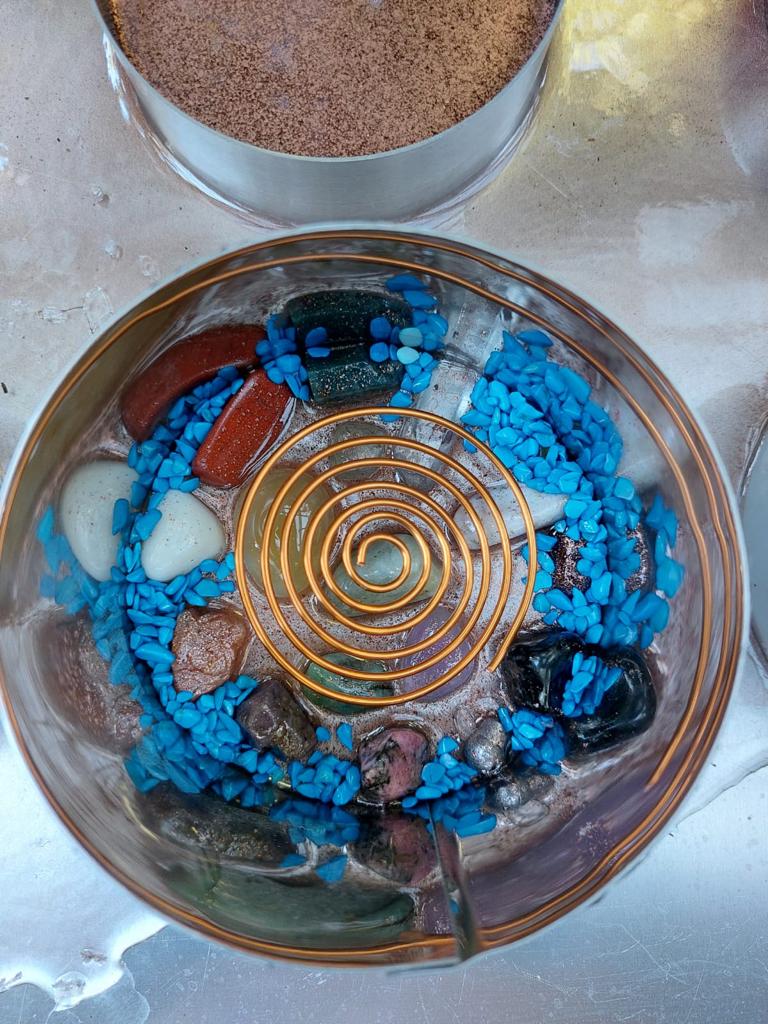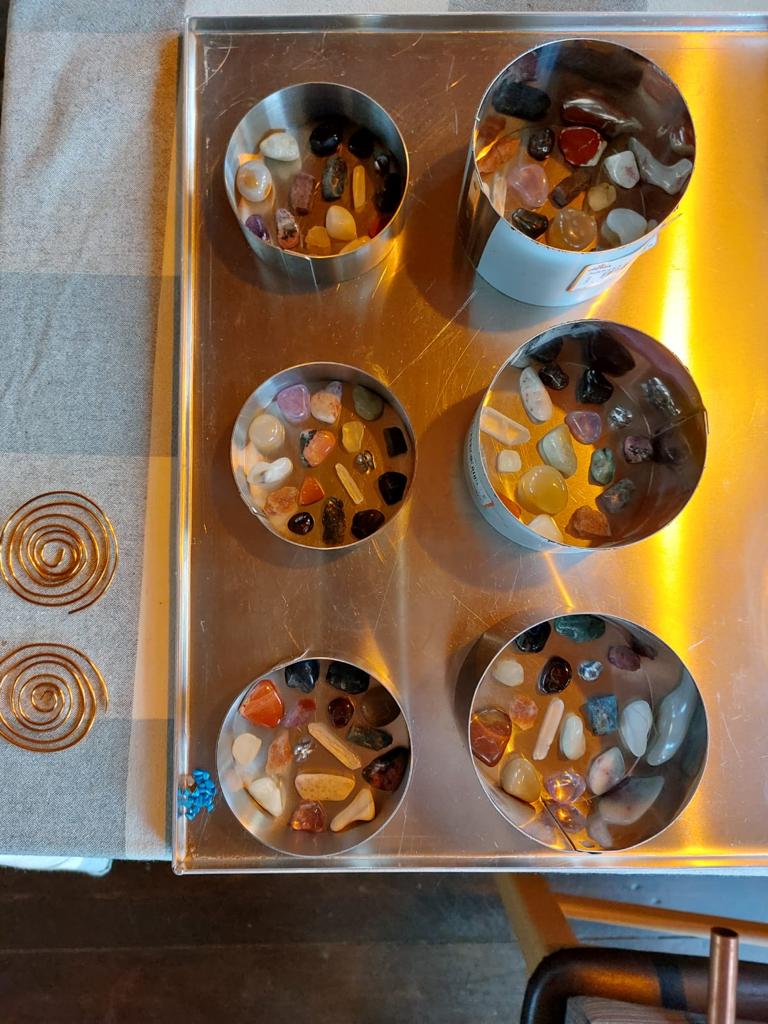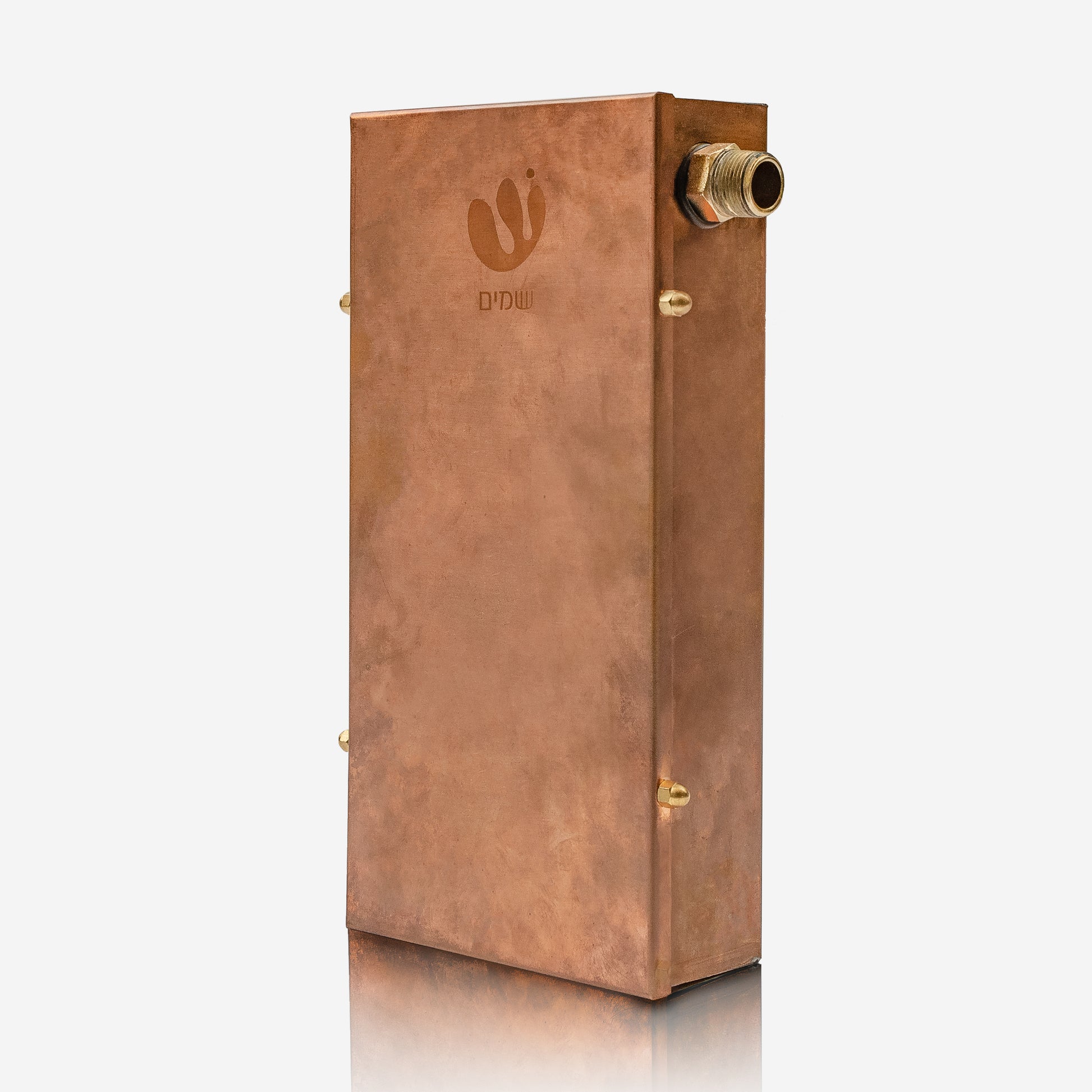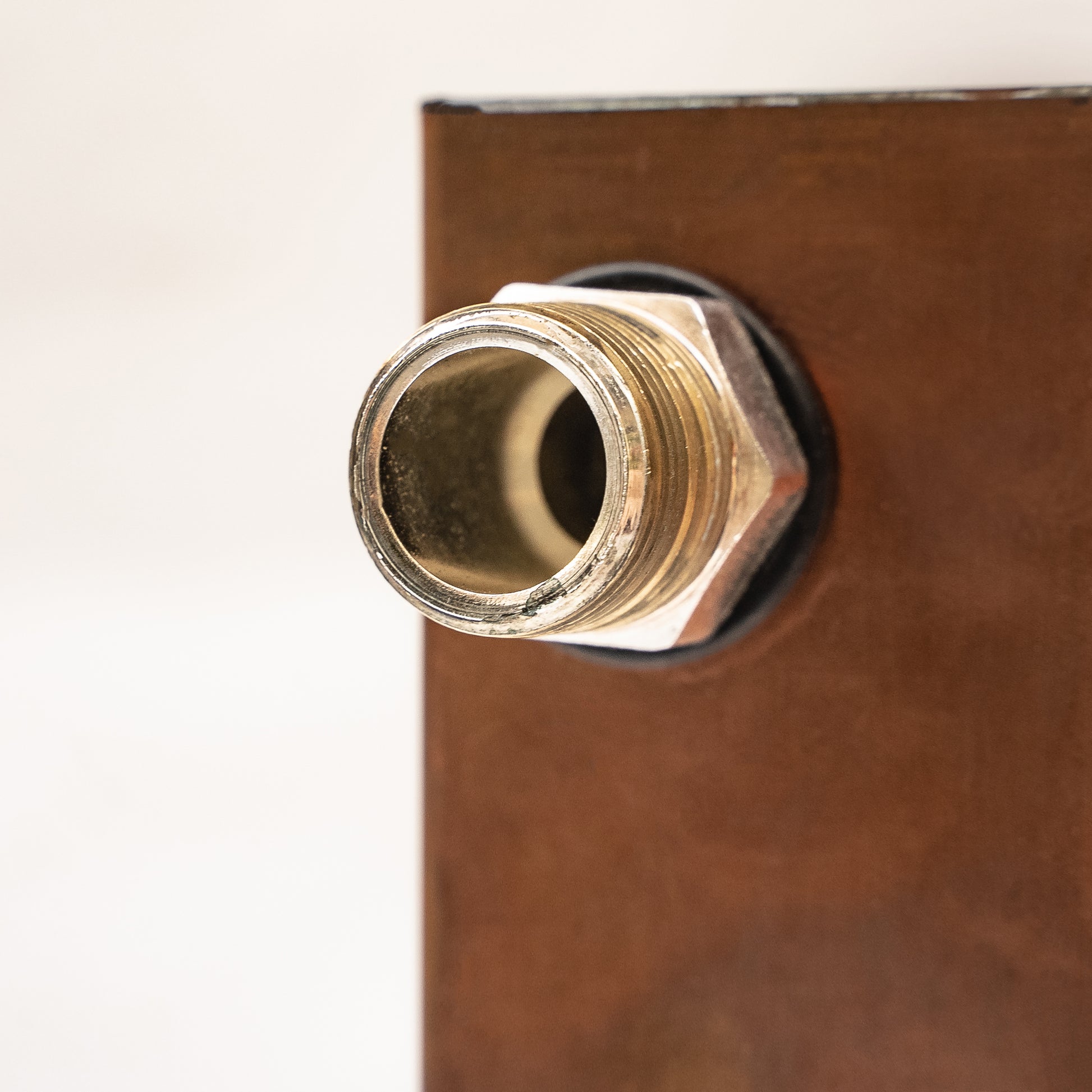Which water bottle is the healthiest? A nutritional, health and holistic review
In an era where awareness of health, environmental quality, and a natural lifestyle is constantly on the rise – even the seemingly simple choice of our drinking bottle has profound significance. Does the material the bottle is made of affect the quality of the water, the taste, the health, and even the energy we absorb?
In this guide, we will review the common types of water bottles – plastic, glass, stainless steel, aluminum, and copper – and discover why a copper water bottle may be the healthiest and smartest choice for those who want to live with full awareness of their body and the environment.
Why does it matter which bottle we drink from?
The effect of bottle material on water quality
The raw materials from which the bottle is made affect the quality of the water: some materials release pollutants, others absorb bacteria, and there are materials that affect both the taste and energy of the water.
Exposure to toxins, bacteria, and metals
Some bottles (like plastic and cheap stainless steel) can leach dangerous substances like BPA, phthalates, or heavy metals. Containers that aren't properly cleaned can also be a breeding ground for bacteria.
Environmental and energy impacts
Beyond personal health, it's important to consider the bottle's ecological footprint: Is it biodegradable? Is it reusable? Does it support the flow of positive energy, as emphasized by practices like Ayurveda and holism?
Review: Types of Bottles and Their Health Effects
Plastic bottle
Light and cheap, but may release hazardous substances like BPA and BPS, especially with repeated use or exposure to heat
Microplastics have also recently been detected in mineral water from plastic bottles – a continuing health hazard
Glass bottle
Considered safe and clean, does not react with water, but is relatively fragile and heavy.
Usually not practical for everyday carry.
Stainless steel or aluminum bottle
Durable and strong, but may release metals such as nickel or aluminum, especially if the coating is damaged.
Some are coated with an internal polymer (which is not always healthy), and quality standards should be checked.
Copper water bottle
Natural antibacterial, helps clean water from bacteria and pollutants
Adds trace amounts of copper – an essential mineral for the body
Common in Indian tradition (Ayurveda) as a way to balance energy and strengthen the digestive system
The health benefits of drinking from a copper bottle
Natural antibacterial properties
Copper is known for its ability to kill bacteria and viruses – including E. coli – so a copper water bottle provides natural, clean protection from microbial contamination.
Essential mineral supplement
Copper contributes to enzyme activity, the formation of red blood cells, strengthening the nervous system, and the body's natural immunity.
pH balance in water
Drinking copper water may balance excess acidity in the body and improve metabolism.
Support for the digestive system and body balance
Ayurveda sees water that has been in a copper bottle overnight as a source of balancing the energies in the body (vata, pitta, and kapha) and aiding digestion.
How to properly use a copper bottle
Soaking water: Filling the bottle at night and drinking it in the morning - allows the water to be charged with minerals and energy.
Clean water only: It is recommended to use water that is free of chemical contaminants – the bottle cleans bacteria but does not remove metals or chlorine.
Do not use acidic drinks (lemon, vinegar, etc.) – they may react with the metal.
Cleaning the bottle: Hand wash only, once every two weeks with vinegar/lemon and salt to prevent oxidation.
Energetic and holistic effect of copper on water
Copper is considered a conductor of energy and information – both in science and spiritual traditions.
Ayurveda, Kabbalah, and modern energy methods see it as a "metal that connects earth and sky," which charges the water with high frequencies.
This effect can be enhanced by exposing the bottle to the sun or placing it next to crystals.
Frequently Asked Questions (FAQ)
Is drinking from a copper bottle dangerous?
No – if used correctly. The amount of copper released is normal and much lower than the permitted values. However, it is not recommended for use by small children or those sensitive to metals without medical advice.
How long should you keep the water in the bucket?
Usually – overnight (6–8 hours). You can also drink after 2–3 hours for basic benefits.
Is a copper bottle suitable for everyone?
Suitable for most people, but those with liver disease, pregnant women, and small children – it is recommended to consult a professional.
Summary and recommendations
Choosing the right bottle is part of healthy, conscious living.
Plastic – a health and environmental problem
Glass – clean but impractical
Stainless steel/aluminum – require control over the quality of the coating
Copper – the most natural, healthy and energetic choice
A copper water bottle aligns with the values of the Shamiym brand – living water, charged with love, light, and frequencies, and contains within it the connection between tradition and modern healing.


